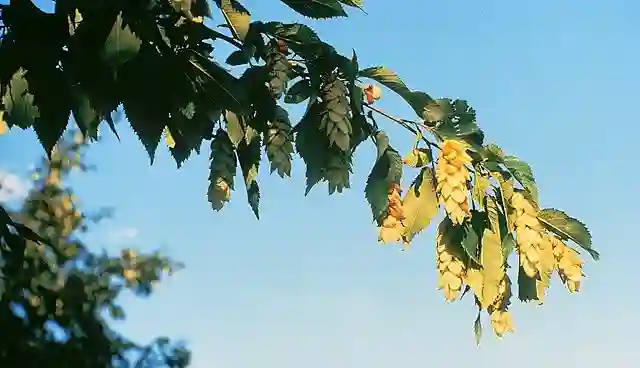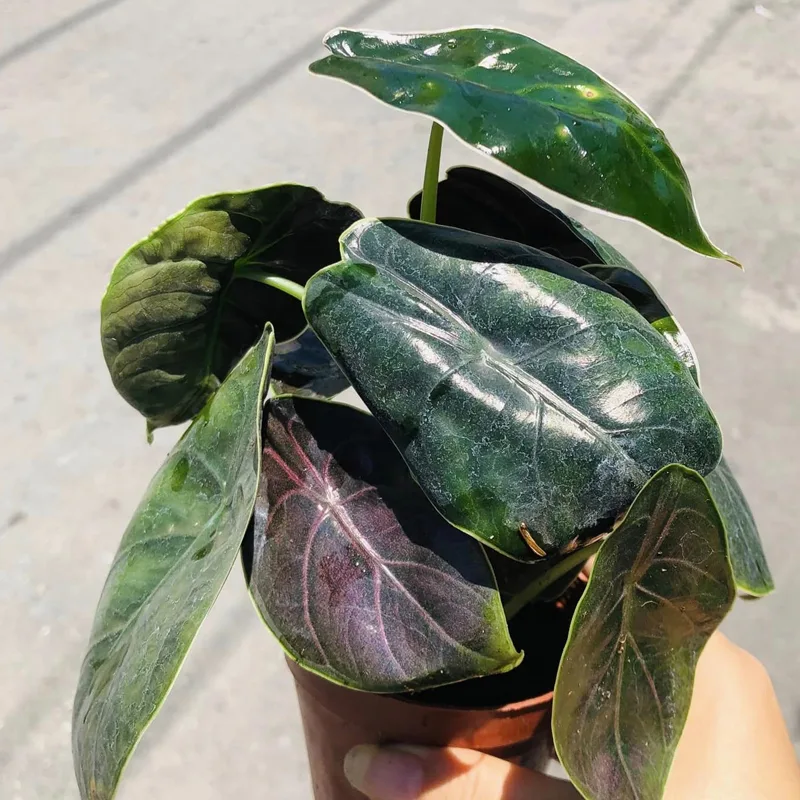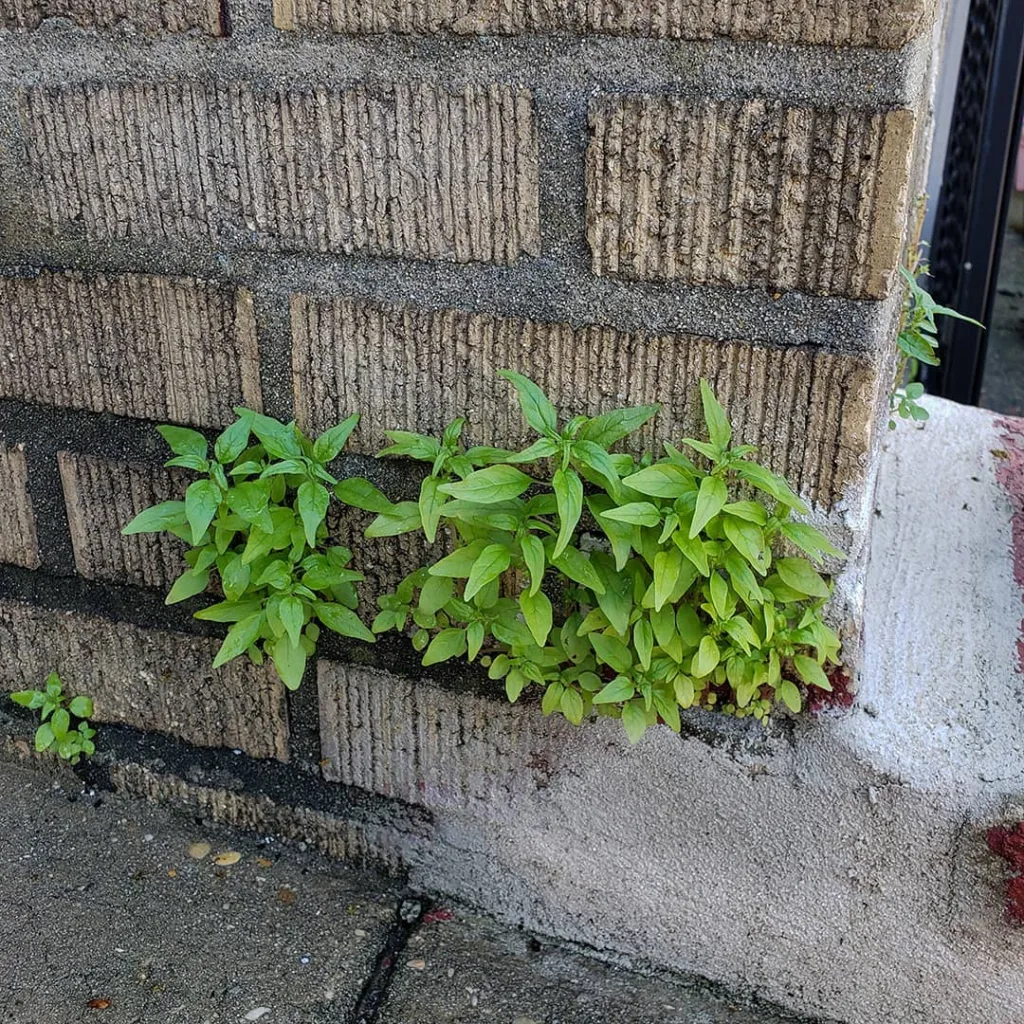
The Fiery Allure of Capsicum Chinense: A Habanero Obsession
For as long as I can remember, I’ve been fascinated by the fiery world of chili peppers. But among the countless varieties, the Capsicum chinense, or habanero pepper, holds a special place in my heart. Its intoxicating aroma, explosive heat, and unique fruit shapes have captivated me. Over the years, I’ve delved deep into the world of habaneros, cultivating them in my garden and experimenting with their culinary potential. Here, I share my experiences and answer some of the most common questions fellow chili enthusiasts have about this fiery favorite.
43 Species in Genus Capsicum
Capsicum Chinense vs Capsicum Baccatum
I’ve grown both Capsicum Chinense and Capsicum Baccatum, and I found Capsicum Chinense to be much hotter and more complex in flavor, with a fruity undertone that really kicked up the heat in my dishes. In contrast, Capsicum Baccatum had a milder heat and a slightly sweeter taste, which I appreciated for salsas where I wanted a bit of spice without overwhelming heat.
Capsicum Chinense vs Scotch Bonnet Pepper
When I tried Scotch Bonnet Pepper, I noticed it had a similar fiery punch to Capsicum Chinense, but with a distinct tropical fruitiness that gave my dishes a unique, vibrant kick. I ended up favoring Scotch Bonnet for recipes where I wanted that signature Caribbean flavor, as it added both heat and a subtle sweetness that I didn’t get from the Capsicum Chinense alone.
How to Pronounce Capsicum chinense?
Don’t let the scientific name intimidate you! “Capsicum chinense” (CAP-si-kum kih-NEN-see) is surprisingly straightforward to pronounce. Once you break it down by syllable, it becomes a breeze.
Where to Buy Capsicum chinense Plants or Seeds?
There are several ways to acquire Capsicum chinense. Local nurseries and garden centers often carry habanero plants, especially during the spring and summer months. If you prefer more variety or struggle to find them locally, numerous online retailers offer habanero seeds and young plants.
How to Grow Capsicum chinense?
Growing your own habaneros is an incredibly rewarding experience. Here’s a basic guide:
- Climate: Habaneros thrive in warm, sunny environments. Aim for at least 6-8 hours of direct sunlight daily with nighttime temperatures above 55°F (13°C).
- Soil: Well-draining, fertile soil is key. Amend your soil with compost or potting mix if needed.
- Planting: Sow seeds indoors 6-8 weeks before the last frost. Once seedlings reach 2-3 inches tall, transplant them outdoors, maintaining a spacing of 18-24 inches between plants.
- Watering: Water regularly, keeping the soil consistently moist but not soggy.
- Fertilizing: Use a balanced fertilizer every few weeks during the growing season.
- Harvesting: Habaneros are ready to harvest when the fruits reach their full color and desired level of heat, typically 60-100 days after transplanting. Wear gloves while handling peppers to avoid burning your skin.
How Long Does the Capsicum chinense Live?
Unlike some chili pepper varieties, Capsicum chinense plants are perennials in frost-free climates. With proper care, they can continue to produce peppers for several years, adding a touch of fiery beauty to your garden. However, in colder regions, habaneros are typically grown as annuals.
Can Capsicum chinense Cross with Capsicum annuum?
Yes, Capsicum chinense can occasionally cross-pollinate with its close relative, Capsicum annuum (the common bell pepper). This can lead to hybrid peppers with varying degrees of heat and unique flavor profiles. However, natural cross-pollination is less frequent for habaneros compared to other chili pepper varieties due to their distinctive flower structure.
Beyond the Basics: Caring for Your Capsicum chinense
Here are some additional tips for happy and productive habanero plants:
- Pruning: Lightly prune your habanero plants to encourage branching and fruit production.
- Pest Control: Habaneros are generally resistant to most pests. However, keep an eye out for aphids and use organic methods like insecticidal soap if necessary.
- Overwintering: In colder climates, you can overwinter your habanero plants by bringing them indoors before the first frost. Provide them with adequate sunlight and warmth and reduce watering.
The Allure of the Habanero
The Capsicum chinense offers more than just heat. Its unique floral and fruity notes add depth and complexity to countless dishes, from hot sauces and salsas to stews and curries. Growing your own habaneros allows you to control the heat level and experiment with different culinary creations. Whether you’re a seasoned chili aficionado or just starting your fiery journey, the Capsicum chinense is sure to add a spark to your garden and kitchen.
If i die, water my plants!



